With the innovation and advancement of LED technology, the types of LED displays are also constantly increasing. When purchasing an LED display, do you feel confused about which type to choose? Don’t worry, this article will help you understand which type of LED display is best.
#Muenled
#LEDdisplay
All posts tagged: flexible LED displays
The hardest part of starting up is starting out
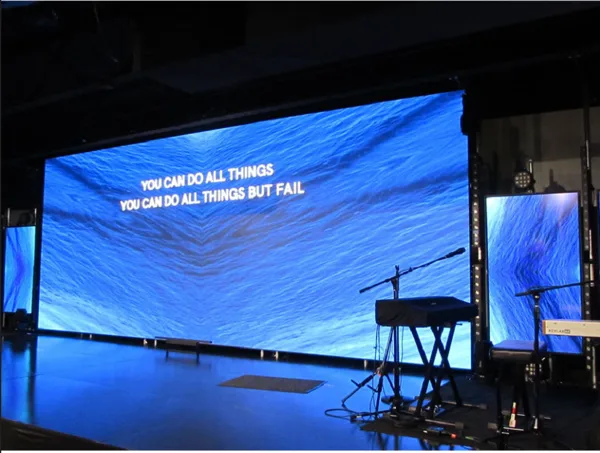
The best type of LED display screen?
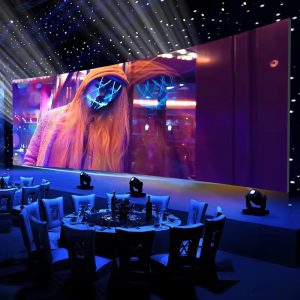
The difference between micro LED and LED display screen
In today’s market, where traditional LED displays dominate, Micro LED displays have emerged as a new type of display. What is the difference between Micro LED and LED displays? This article will provide a detailed comparison of the two, analyzing their differences.
#Muenled
#leddisplay
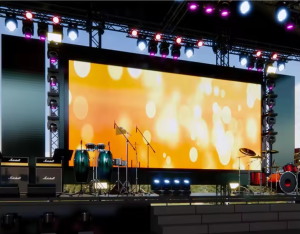
Price Guide for Indoor LED Display Screen in Today’s Market
Incorporating a LED display into an indoor setting comes with many benefits in today’s competitive business environment. This includes better visibility to make sure the crowd can capture your content from different angles, in a so much greater clarity and sharpness. What’s even more is that indoor LED display can be customized, so rest assured you will have it seamlessly integrated into your business space.
Now, you may be wondering about today’s indoor LED display price in the market. Well, don’t worry—we have created a comprehensive guide to help you make sure you are getting your money’s worth.
#Muenled
#LEDdisplay
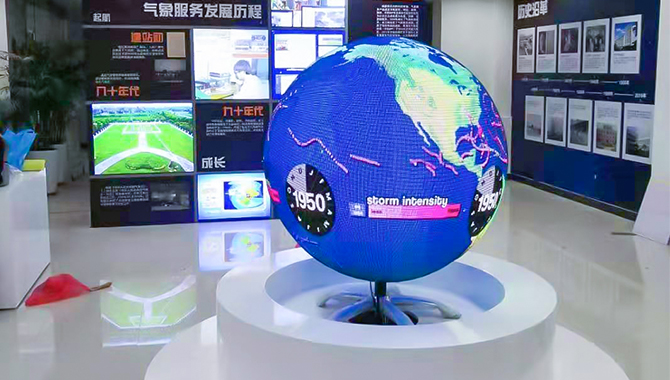
LED spherical display with a different way of displaying content
We all know that LED displays are very flexible literally and figuratively. Apart from the typical flat screens, they can also be curved or molded into irregular shapes and sizes. However, there’s a new development in LED display technology that allows viewing from all possible angles. Yes, even from above or under the display: the LED sphere display.
#Muenled
#LEDsphericaldisplay
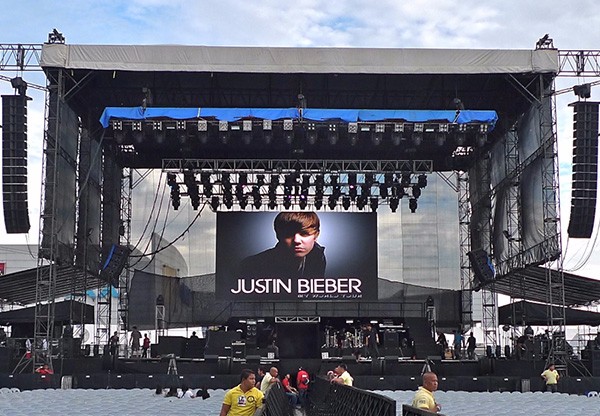
Choose a suitable stage background LED screen
As we all know, on a gorgeous stage, you can usually see various types of LED displays. The biggest feature of this LED stage screen is that the scene is rich, the screen size is large, and the content is colorful. With stage lighting and scenery, it can make people feel immersed in the scene, which is an indispensable kind of commercial performance. To create a more stunning effect, the choice of screen is very important. So, what related issues should be paid attention to when choosing a stage LED background screen?
#Muenled
#LEDdisplay
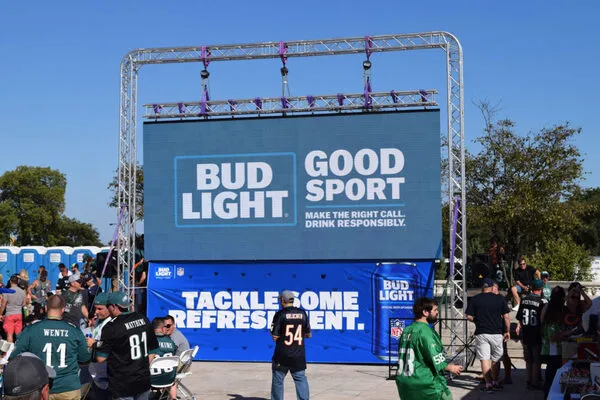
Analysis of the advantages of LED display screens
LED (Light-Emitting Diode) displays have changed how we consume media since it gained popularity in the early 2000s. Before ultra-thin LEDs, the clunky Cathode Ray Tube (CRT) displays were all the rave throughout the 90s. From computers to TV sets, the introduction of LED displays gave way to a more refined viewing experience.
In the early days of its commercialization, one of the widely believed advantages of LED displays was its friendliness to the vision. Some people believe that CRT monitors produce high levels of radiation that affect the eyes. However, no conclusive study has ever been able to prove this.
Unlike this long-running myth, we’ll discuss all the advantages of LED displays based on facts in this blog!
#Muenled
#LEDdisplay
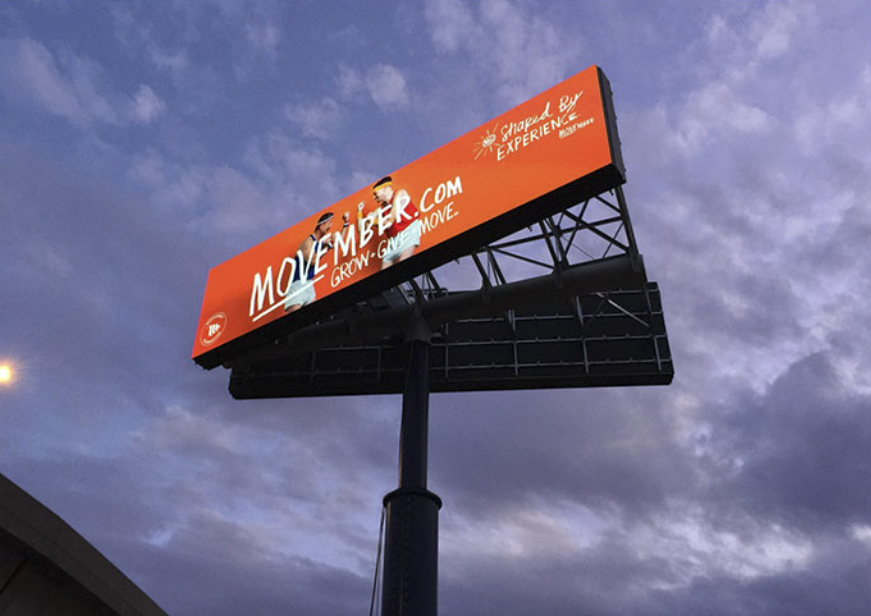
Introduction and Application of Double sided LED Screen
In an increasingly competitive digital advertising industry, audience reach usually means putting up multiple LED screens in high-traffic areas. The more billboards and the bigger they are, the more viewers they attract. Some even install 3D or transparent LED displays to up the ante.
However, a new favorite among advertisers is double-sided LED screens. As the name suggests, this type of LED display has two sides independent of one another. While flexible LED screens offer the same 360-degree display, they can’t show two different contents simultaneously as double-faced screens can. This makes the latter favorable for advertisers as they can show two contents without needing space for two screens.
#Muenled
#LEDdisplay
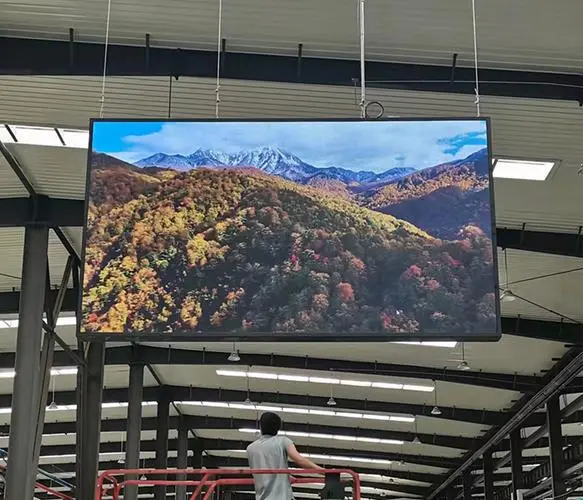
How to choose the appropriate LED display screen size
LED screens have been dominating the advertising world for years now. From the skyscrapers of Shanghai to the streets of New York, LED billboards of all shapes and sizes helped elevate how brands promote their image. In essence, these electronic canvasses can be treated like real estate properties.
Location is the top contributing factor to an LED display’s value. The more foot traffic the location receives, the more people can see the content, hence, brands pay a premium to get the spot. However, the display size is just as important as the location for an advertisement to reap the benefits of increased visibility. In high-density locations such as Times Square, standing out means getting a prime spot and the right size that can compete with other LED displays.
But, how do you know when the LED screen size is the right fit for your needs?
#Muenled
#LEDdisplay
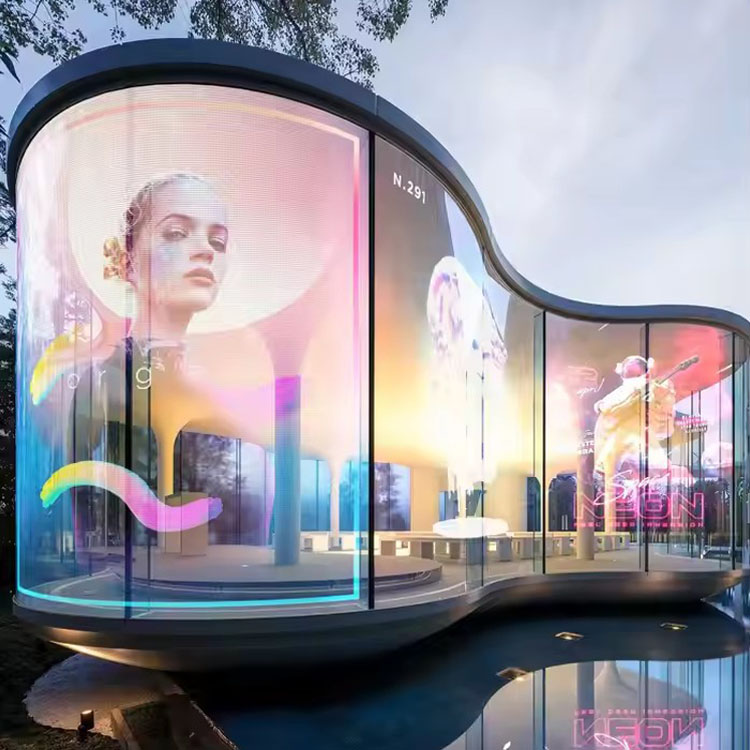
The reason why you should invest in curtain LED screens
Most people have become accustomed to thinking of “flat-screen TVs” after hearing “LED”. Because LED displays are typically flat, hung on a wall, or mounted on a console and play the usual content, people find unconventional LED screens fascinating.
With the flexibility of LED technology, manufacturers have developed LED displays that defy dimensional, logistical, and environmental challenges. From weather-proof outdoor LED screens to flexible LED billboards, advertisers can now promote their content virtually anywhere, no matter how big or small or complicated the installation location is.
It’s probably your first encounter with the word, but it’s been in the market for years and is popular for indoor and outdoor advertising, thanks to its visual impact and flexible installation options. If you’re interested to know more about curtain LED screens, you’ve come to the right place.
#Muenled
#LEDdisplay

GOB LED Display Usage and Performance
While looking into modern display solutions you may come across GOB LED technology, a new advancement in light-emitting diodes (LEDs) for display systems. But what does GOB mean and how is it different from traditional display technology? GOB stands for “Glue on Board”—a method that improves the performance and durability of LED display panels.
With GOB technology, a unique glue is applied straight to the circuit boards and LED chips to provide a robust connection. This not only protects the delicate LED components but also improves the visual quality of the display. GOB LED displays are stronger, brighter, and more durable screens, making them ideal for use in digital signs, events, and advertising.
#Muenled
#GOBLEDdisplay